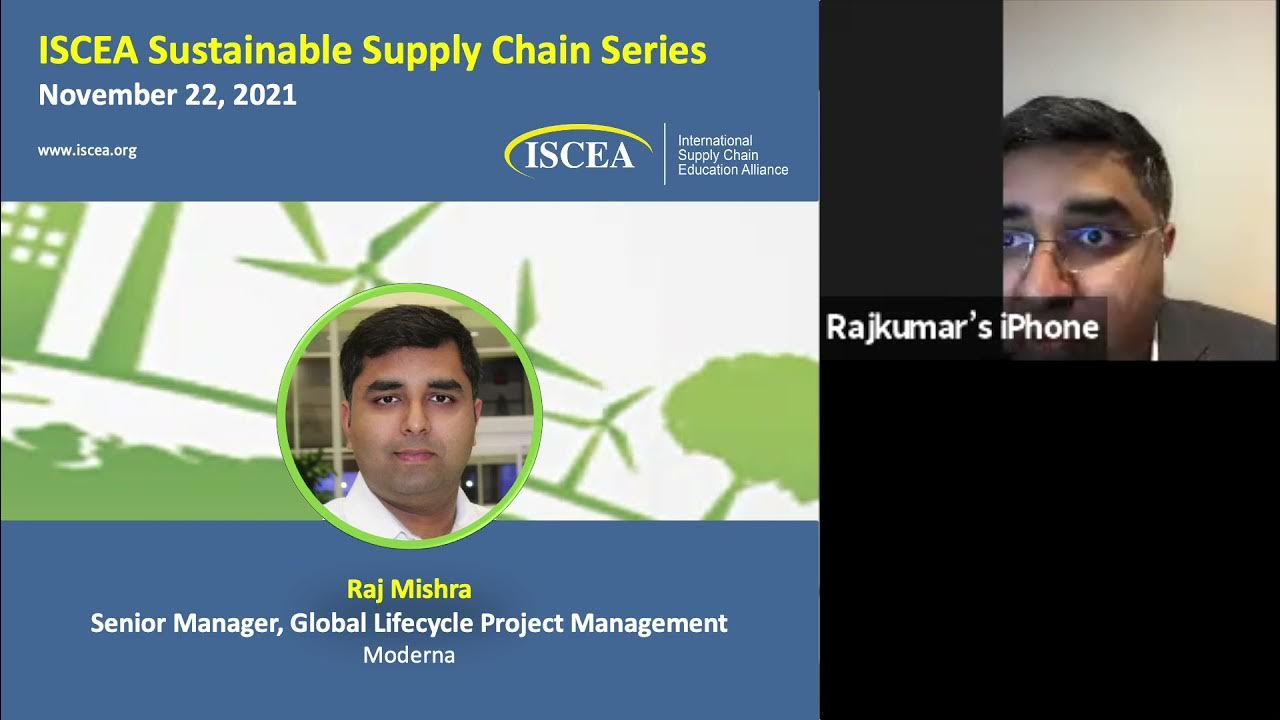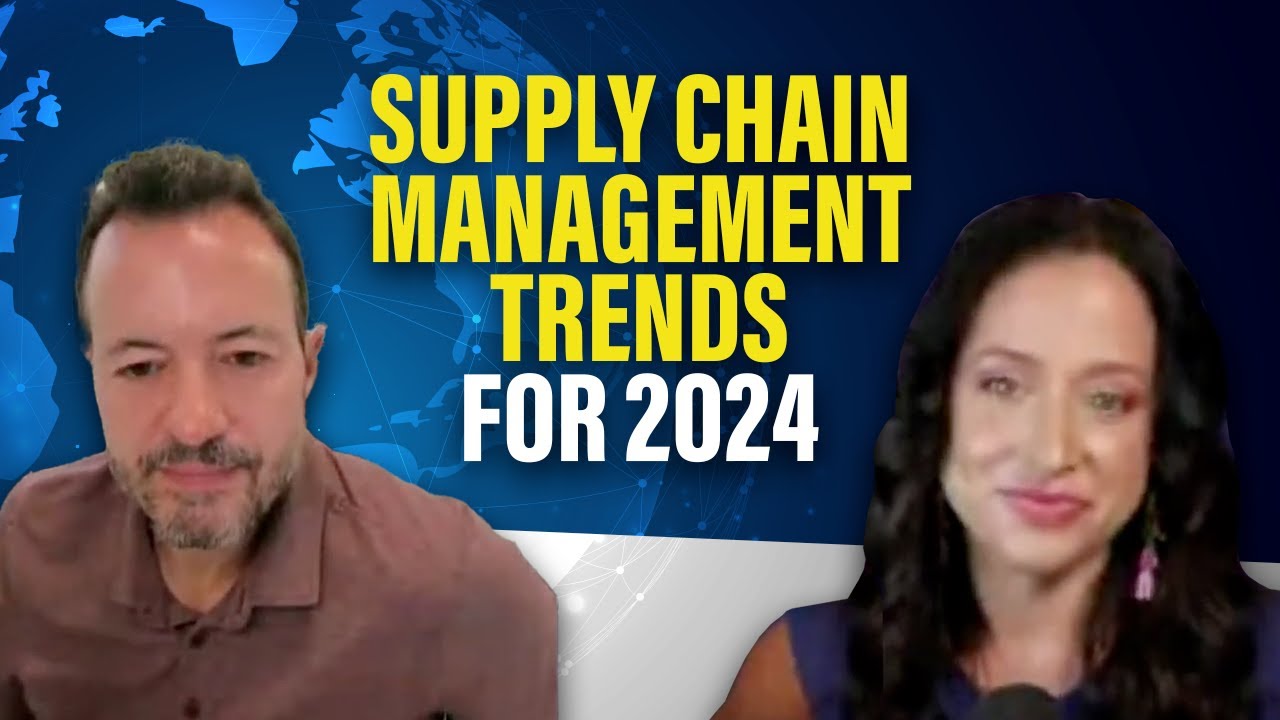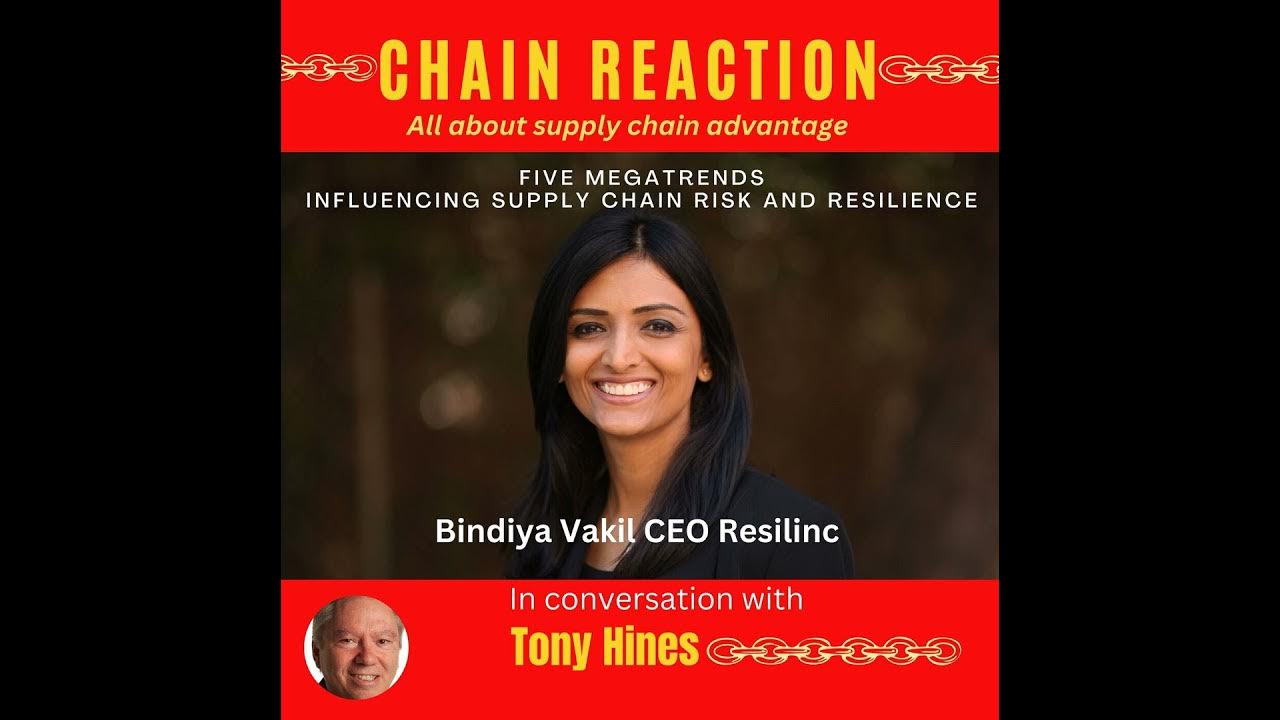Omera Khan: Building robust & resilient supply chains in today's dynamic business environment
Summary
TLDR在这段访谈中,Amira作为供应链洞察与趋势实验室的负责人,分享了她对供应链韧性的深刻见解。她强调了过去几年供应链面临的挑战,并认为现在是组织重置和增强供应链韧性的关键时刻。Amira提到,除了应对风险和恢复力,供应链的再生和可持续性同样重要。她提倡通过政策和政府决策来支持中小企业,这些企业是全球供应链的重要组成部分。此外,Amira还讨论了技术在供应链管理中的作用,强调了基础数据的重要性以及如何利用技术提高供应链的可见性和优化。最后,她预测了物流行业未来的一些关键趋势,特别是从线性经济向循环经济的转变以及逆向物流的兴起。
Takeaways
- 🎓 学术背景:Amira 在供应链洞察和趋势实验室担任领导角色,之前是物流和供应链管理的教授,拥有丰富的学术和实践经历。
- 🏭 早期经验:Amira 从小在纺织制造家庭中长大,早期接触供应链和采购,对商业产生了兴趣。
- 👗 纺织设计学位:她选择了纺织设计作为本科学位,后在曼彻斯特科学技术学院攻读硕士学位,专注于设计采购。
- 📚 博士研究:Amira 的博士研究聚焦于供应链风险和韧性,特别是设计在供应链早期阶段的重要性。
- 🔄 供应链复杂性:全球化供应链增加了互联互通,但也增加了风险暴露,需要更强的供应链韧性。
- 🛠️ 政策支持:强调政府和政策制定者在支持供应链韧性方面的作用,特别是对中小企业的重要性。
- 🌱 再生与恢复:超越简单的恢复,考虑供应链的再生,即在供应链决策中考虑对环境的正面影响。
- 🔗 数字连接:构建动态的数字连接,以促进供应商、合同制造商、物流合作伙伴和服务提供商之间的快速协作。
- 📊 数据与技术:技术是供应链决策的辅助工具,正确的数据对于提高供应链的可见性和优化管理至关重要。
- 🌐 多危机框架:通过多危机框架分析不同的视角,如地缘政治、技术和环境,以及它们之间的相互联系。
- ♻️ 循环经济:从线性经济向循环经济的转变,特别是反向物流,将成为物流服务提供商的一个重要趋势。
- 📈 长期视角:从短期风险管理转向长期的结构性韧性,发展组织在面对风险时仍能正常运作的能力。
Q & A
Amira 在加入 MK 前的学术背景是什么?
-Amira 在加入 MK 之前是物流和供应链管理的教授,她的学术生涯主要在英国的大学度过,后来转到丹麦技术大学,这也是她搬到丹麦的原因。
Amira 为什么选择在纺织设计领域攻读学士学位?
-Amira 选择攻读纺织设计学士学位是因为她原本计划加入家族的纺织业务。
Amira 在曼彻斯特科学技术学院攻读硕士学位时选择了什么主题?
-Amira 在曼彻斯特科学技术学院攻读硕士学位时选择了纺织行业中的设计采购作为研究主题,以进一步探索客户做出购买决策的动态。
Amira 的博士研究关注了哪些方面?
-Amira 的博士研究关注了供应链风险和韧性,特别是设计在其中扮演的重要角色,她探讨了在设计阶段所做的决策对风险和复杂性的影响。
为什么供应链的复杂性会导致更多的风险暴露?
-随着全球供应链的发展,供应链变得更加复杂,这意味着各个环节之间的相互联系更加紧密,因此对风险的暴露也更大,因为任何一个环节的问题都可能影响到整个链条。
为什么供应链的韧性比仅仅关注运营风险管理更为重要?
-供应链的韧性意味着在面对风险时能够持续运作并快速恢复,而不仅仅是应对一次性事件。这需要从长期视角出发,构建结构性能力,以抵御未来可能出现的任何风险。
美国总统拜登任命供应链韧性官员的决策意味着什么?
-这一决策意味着供应链问题已经上升到国家层面,需要政府层面的支持和政策制定来增强供应链的韧性,特别是对于中小企业(SMEs)这些全球供应链中的关键部分。
再生(regulation)在供应链中意味着什么?
-再生在供应链中意味着不仅要恢复和增强韧性,还要考虑如何通过供应链决策对环境产生积极影响,包括采取可持续的做法和减少对地球资源的消耗。
Amira 提到了哪些关键趋势,它们如何影响供应链?
-Amira 提到了从线性经济向循环经济的转变,特别是对于物流服务提供商的反向物流。这意味着产品使用后不是直接变成废物,而是回到供应链的中点,被重新利用、翻新或重新制造,以此增强循环供应链。
为什么反向物流对于实现净零目标至关重要?
-反向物流是实现循环供应链的关键,它允许产品在使用后被回收并重新进入生态系统,从而减少资源浪费和环境污染,有助于实现净零排放的目标。
Amira 认为在技术应用之前,企业应该优先考虑什么?
-Amira 认为企业在应用技术之前,应该首先理解供应链的基本需求,明确数据支持的目的,然后利用数据来改善供应链管理,优化供应链结构,提高对客户需求的响应能力。
根据 Amira 的观点,未来供应链管理中的关键趋势是什么?
-Amira 认为未来供应链管理中的关键趋势是向循环经济的转变,特别是反向物流的发展,这将对所有物流服务提供商产生重大影响。
Outlines

This section is available to paid users only. Please upgrade to access this part.
Upgrade NowMindmap

This section is available to paid users only. Please upgrade to access this part.
Upgrade NowKeywords

This section is available to paid users only. Please upgrade to access this part.
Upgrade NowHighlights

This section is available to paid users only. Please upgrade to access this part.
Upgrade NowTranscripts

This section is available to paid users only. Please upgrade to access this part.
Upgrade NowBrowse More Related Video

Ralph Lauren's Resilient Supply Chain Strategy

Sustainability in Pharmaceutical Industry - Moderna

Reshaping Business and Supply Chain Strategy Beyond Covid-19 with Professor Yossi Sheffi

Supply Chain Management Trends for 2024 and Beyond

Leveraging supply chain optimization and visibility to achieve carbon reduction targets

Five Megatrends Influencing Supply Chain Risk And Resilience with Bindiya Vakil
5.0 / 5 (0 votes)
